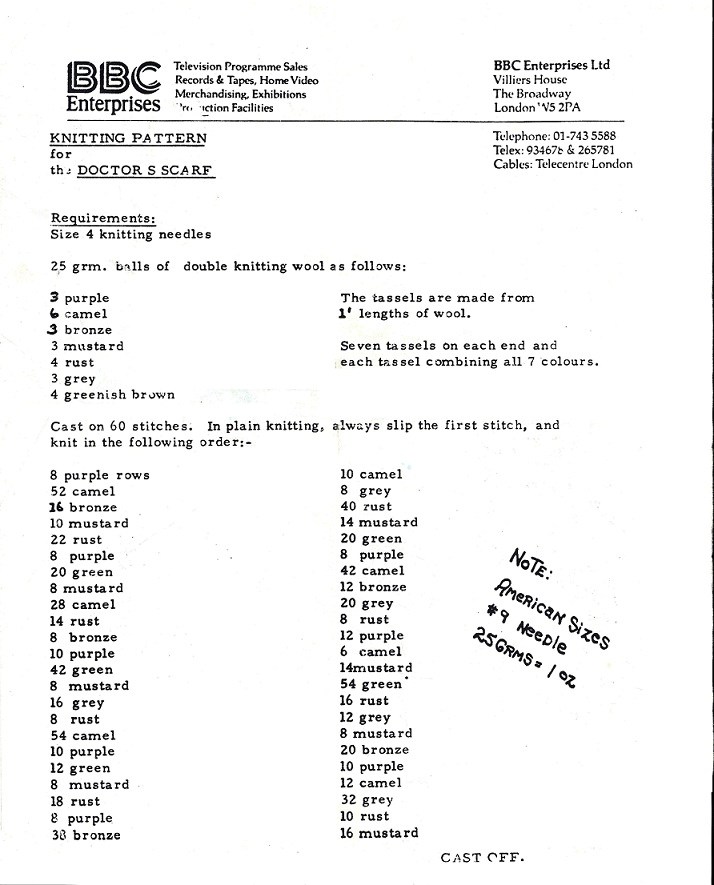Bob Ross the man died nearly thirty years ago, but Bob Ross the archetypal TV painter has never been more widely known. “With his distinctive hair, gentle voice, and signature expressions such as ‘happy little trees,’ he’s an enduring icon,” writes Michael J. Mooney in an Atlantic piece from 2020. “His likeness appears on a wide assortment of objects: paints and brushes, toasters, socks, calendars, dolls, ornaments, and even a Chia Pet.” Here in Korea, where I live, he’s universally called Bob Ajeossi, ajeossi being a kind of colloquial title for middle-aged men. It’s quite an afterlife for a soft-spoken public-television host from the eighties.
Ross quickly became a pop-cultural figure in that era, starring in semi-ironic MTV spots by the early nineties. But over the decades, writes Mooney, “the appreciation of Bob Ross has morphed into something nearly universally earnest.” It helps that he has “the ultimate calming presence,” which has drawn special appreciation here in the twenty-first century: “More than a decade before most therapists were telling clients to be mindful and present, Ross was telling his viewers to appreciate their every breath.” This meditative, positive mood pervades all of The Joy of Painting’s more than 400 recorded broadcasts, and they even deliver the soothing effects of what YouTube-viewing generations know as “unintentional ASMR.”
Now you can watch almost all those broadcasts on a single YouTube playlist, which includes all of The Joy of Painting’s 31 seasons, originally aired between 1983 and 1994. (The videos come from the official YouTube channel of The Joy of Painting and Bob Ross.) Despite having ended its run well before any of us had ever imagined watching video online, the show now feels practically made for the internet, what with not just its ASMR qualities, but also the parasocial friendliness of Ross’ personality, the instructional value and sheer quantity of its content, and the highly consistent format. Every time, Ross paints a complete picture from start to finish: usually a landscape featuring mighty mountains, freedom-loving clouds, and happy little trees, but occasionally something just different enough to keep it interesting. And so the man Mooney describes as “probably America’s most famous painter” lives on as a beloved YouTuber.
Related comment:
What Happened to the 1200 Paintings Painted by Bob Ross? The Mystery Has Finally Been Solved
Experience the Bob Ross Experience: A New Museum Open in the TV Painter’s Former Studio Home
Watch a Master Japanese Printmaker at Work: Two Unintentionally Relaxing ASMR Videos
Based in Seoul, Colin Marshall writes and broadcasts on cities, language, and culture. His projects include the Substack newsletter Books on Cities and the book The Stateless City: a Walk through 21st-Century Los Angeles. Follow him on the social network formerly known as Twitter at @colinmarshall.


